Do you feel pain around your kneecap when you bend or straighten your knee? Does it hurt your knee to go up or down the stairs? This knee pain is known as patellofemoral joint dysfunction (PFJD) and can be due to a multitude of reasons. The kneecap is a key bony structure of the knee which connects to different muscles, bands of fascial tissue, and other bones of the knee to allow effective movement and force production. When this is disrupted, a thorough Physiotherapy assessment should be conducted to allow for a personalised treatment plan. This blog will discuss the potential causes of Patellofemoral Joint Dysfunction, common symptoms, and how to treat it effectively, especially under the guidance of a Physiotherapist.
Knee Patellofemoral Joint Dysfunction
Causes, Symptoms, Diagnosis And Treatment
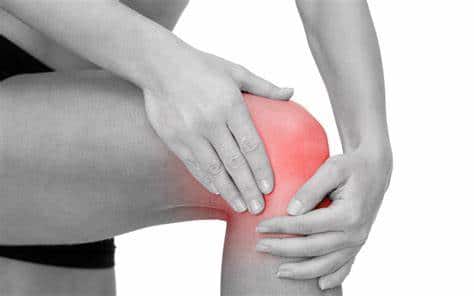
What Causes Knee Patellofemoral Joint Dysfunction?
The following are some potential causes of patellofemoral joint dysfunction:
- Previous injury to the knee
- A sudden increase in activity over the past few days/weeks e.g. playing tennis 2-3 times a week from initially not playing at all.
- Repetitive movements involving knee bending and straightening e.g. going up and down stairs frequently.
- Misalignment of the kneecap with the other bones of the knee joint – thigh bone and shin bone. This can be due to a muscle strength imbalance, or excessive tightness in the structures surrounding the kneecap.
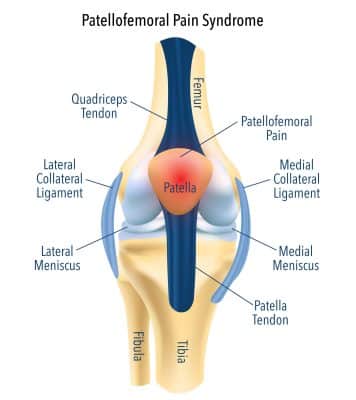
Symptoms of Knee Patellofemoral Joint Dysfunction
- Dull aching pain in the front of your knee, around the kneecap, or underneath it.
- Pain worsens with bending the knee, especially when standing on it, for example:
- Squatting or kneeling
- Stepping up/down stairs
- Sitting with your knees bent for extended periods
How Is Knee Patellofemoral Joint Dysfunction Diagnosed?
Your physiotherapist will conduct a full movement assessment for the knee joint, as well as perform some dynamic functional tests such as squatting, going up and down stairs slowly and assessing the tracking (movement) of the patella whilst bending the knee. Pain during these tests, when combined with your history of symptoms, will likely lead to a diagnosis of Patellofemoral Joint Dysfunction. Imaging is usually recommended if you have sustained a traumatic injury to the kneecap and a fracture is suspected.
How Do I Manage Knee Patellofemoral Joint Dysfunction?
Initially, to reduce inflammation and pain in the patellofemoral joint, it is recommended to apply an ice pack or anti-inflammatory cream to the area. Also, avoid activities that may aggravate the pain. For example, take a lift instead of the stairs, and continue with light walks instead of intense running. This ‘relative rest’ means reducing activity instead of stopping it altogether.
After the pain begins to subside, it is vital to focus on regaining efficient movement and function of the knee through a combination of manual treatment (e.g. muscle tension release) and resistance training to reduce tightness and increase the strength of surrounding muscles such as the quads, iliotibial band and hamstrings. A foam roller or a spiky massage ball will help release any tension you may have at home, by increasing blood flow to tight muscles. (Check out our collection at the following link: Spikey Ball – Masnad Health Clinic)
Some exercise recommendations are as follows:
1. Gentle Cycling
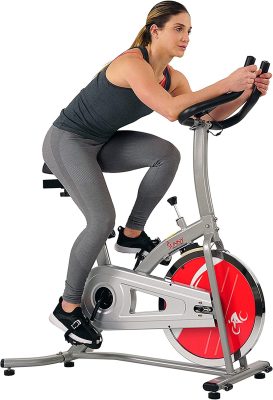
This is a great exercise to keep the knee moving, strengthen the lower limb muscles and improve your range of movement. Compared to walking or running, cycling does not impact the joint directly and thus aids in the recovery of the structures. Cycling is recommended for up to 30 minutes 3-4 times a week, within pain limits.
2. Squats
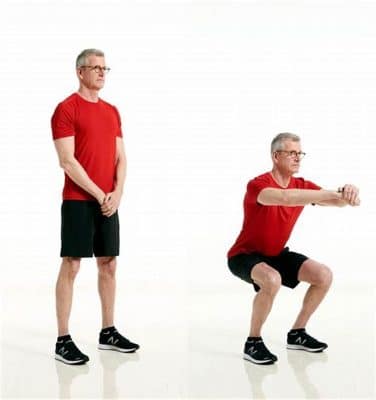
Supporting the knee joint by strengthening the quads is an excellent way to support the patellofemoral joint as it offloads forces away from the inside of the joint itself. A simple exercise to do this is to perform a squat: Start standing with feet shoulder-width apart, and lower your body by bending at the hips and the knees (careful not to let your knees cross your toes as this may be painful). When your hips reach a level point to the knees, stand back up by pushing through your hip muscles and straightening your legs. Do this slowly, 10 times for 3 sets. Repeat daily, and monitor your pain levels throughout. A minor level of pain is okay, but if it exceeds this and is a sharp pain, stop the exercise and seek advice from your physiotherapist.
3. Lunges
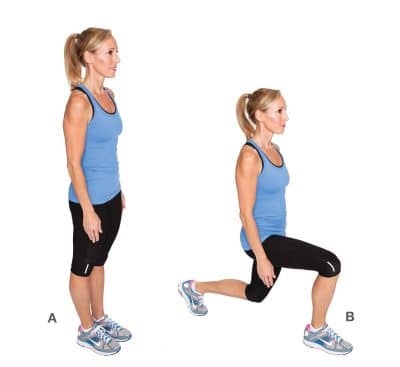
This is also a great exercise to build strength in your legs, especially your glute muscles in the hips and also hamstring muscles supporting the knee. Start by taking a step forward with one leg, and then lowering your body down to the ground, until your hips, knees and ankles are at right angles. Then lift your body off the ground and step your other leg forward. Repeat 10 times for 3 sets daily. Depending on your pain and exercise tolerance, the exercise can be regressed and progressed under the guidance of your physiotherapist.
With the above exercises, be sure to pay close attention to the alignment of your kneecap so that it does NOT do either of the following:
- The knee goes past the foot – this may lead to more pain as the patella moves further down the joint and creates more stretch for the attached tendons.
- The knee moves inwards towards the centre of the body and not in line with the toes – this can lead to unnecessary forces on the inside of the knee joint and may lead to excessive pain.
If you are concerned about a potential knee Patellofemoral Joint Dysfunction injury in your knee/s and want to set up a holistic plan to alleviate the pain and achieve optimal healing and recovery, feel free to Call or Book Online with one of our Bankstown Physiotherapists or Chiropractors today!

New Client Offer - 10% OFF
Are you in pain? Not sure if we can help you?
Book your initial appointment and receive 10% off any service!